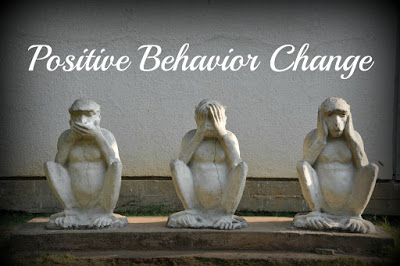 By Kalyan Shah (Own work) [CC BY-SA 3.0], via Wikimedia Commons
By Kalyan Shah (Own work) [CC BY-SA 3.0], via Wikimedia Commons
I often speak of five goals or applications of mindfulness:
1. Reduce suffering.
2. Elevate fulfillment.
3. Understand yourself at all levels.
4. Foster skillful actions.
5. Cultivate a spirit of love and service.
I think of these as representing the Five Dimensions of Happiness.
Item four requires some elaboration.
Actions refer to objective behaviors—what we say, do, and (intentionally) think. The adjective skillful was chosen to be broad. It can refer to practical skills such as academic skills, professional skills, artistic skills, sports skills, amatory skills, and such. This is the meaning of skill as it is used in ordinary English. However, in Buddhist usage, skillful refers to actions that reflect good character or ethics.
It might seem strange to place practical skills and good character in the same category, but they do have some things in common. Both refer to objective behaviors—as opposed to sensory experiences or objective circumstances. When considering the issue of human happiness, it can be useful to distinguish happiness that depends on objective situations versus happiness that depends on sensory content versus happiness that depends on how mindfully we experience sensory content versus happiness that depends on objective behaviors. Which brings us to another point of similarity between practical skills and ethical skills. Both of these skill categories tend to bring about desirable objective circumstances.
So how can we assure that we will develop skillful ethics and character? And what is the relationship between mindfulness skills (concentration power, sensory clarity, and equanimity) and character skills (good deeds, good speech, and good thought)?
It’s been my experience that five elements are usually sufficient for assuring that we become admirable people. In some cases, all five may be needed. I list them below. Notice that only the first two are direct applications of mindfulness.
1. Deconstruct negative urges, e.g., with Focus In or Focus on Feel. These techniques are designed to dissolve the compulsion by breaking it up in to pieces and then sub-pieces, until you’re just left with vibrating energy.
2. Reconstruct positive urges, e.g., with Nurture Positive. Nurture Positive techniques are designed to weaken the compulsion by focusing away from it while finding and/or creating positive thoughts and emotions. (You can also weaken the compulsion by anchoring out in the external world, or by focusing on restful states, and so forth.).
3. Keep feedback loops open. Listen to what people tell you about how you’re carrying yourself in the world (and make it easy for them to tell you that!).
4. Acknowledge explicit ethical guidelines (four-fold sīla, five-fold sīla, and so forth).
5. If the above prove insufficient, then you need to establish for yourself a “behaviorally-oriented accountability and support structure” (a 12-Step program, regular counseling or therapy, and so forth).
Here are some resources that may be helpful:
- Mindfulness and Behavioral Change (video)
- Using Mindfulness Practice to Deal with Negative Urges (article)
- Categories of Body Sensation Associated with Behavior Change (article)
- Eating as a Meditation (article)
- How Shinzen Broke Through an Addiction (video)
- Purification and Fulfillment: Four Formulas (video)
- A playlist from Har-Prakash’s Expand-Contract Youtube channel that include how to “turn away” or “turn towards” challenges (videos)
Posted with many thanks to Har-Prakash Khalsa and Stephanie Nash for their videos.